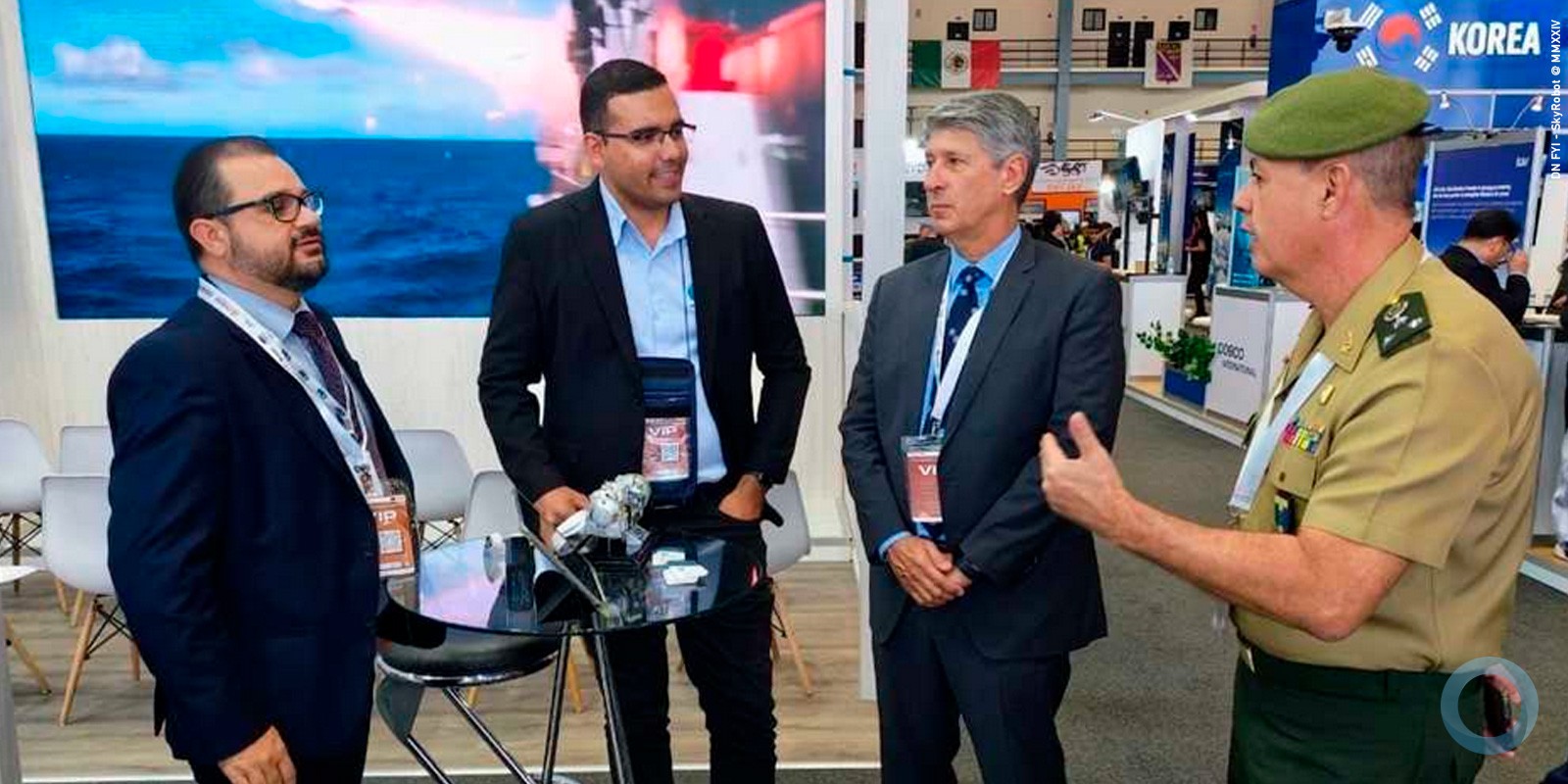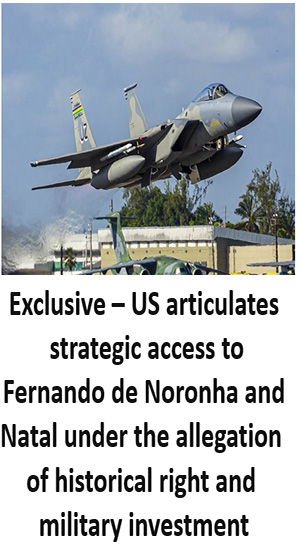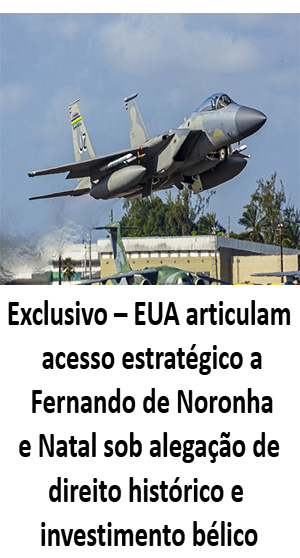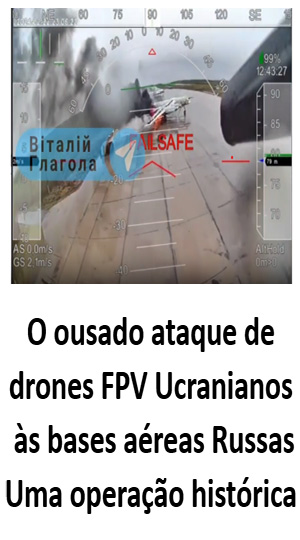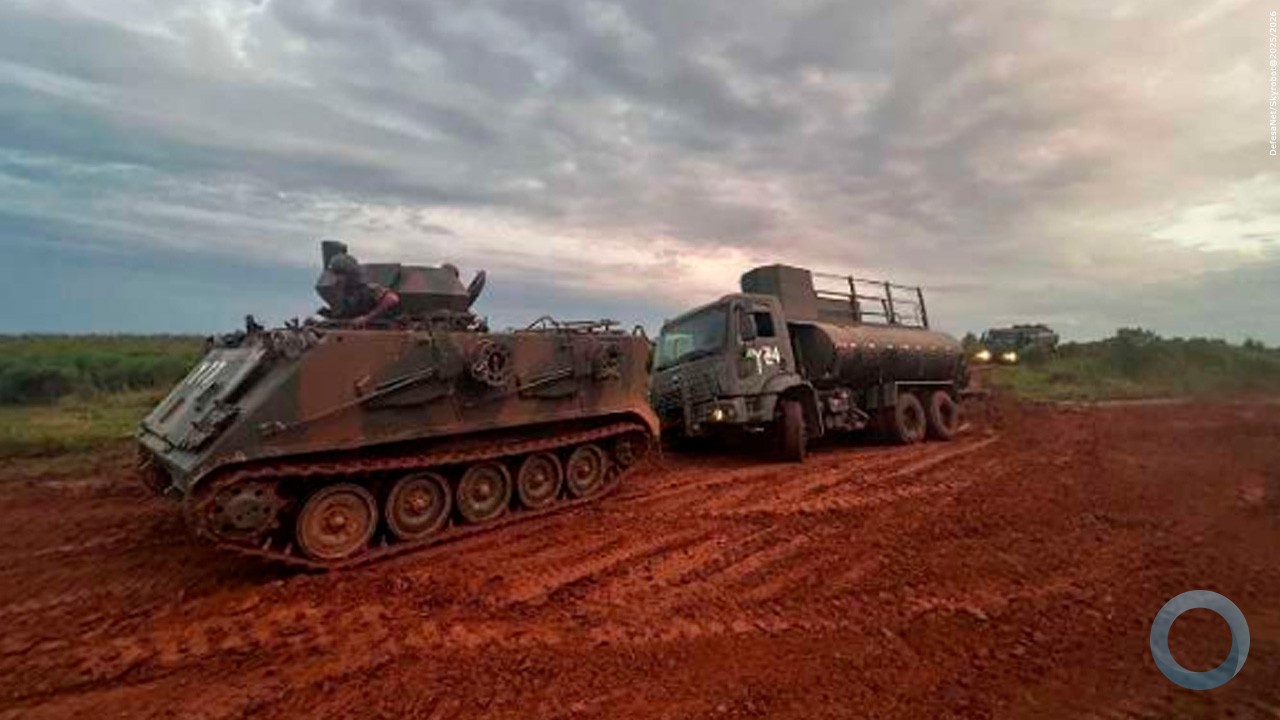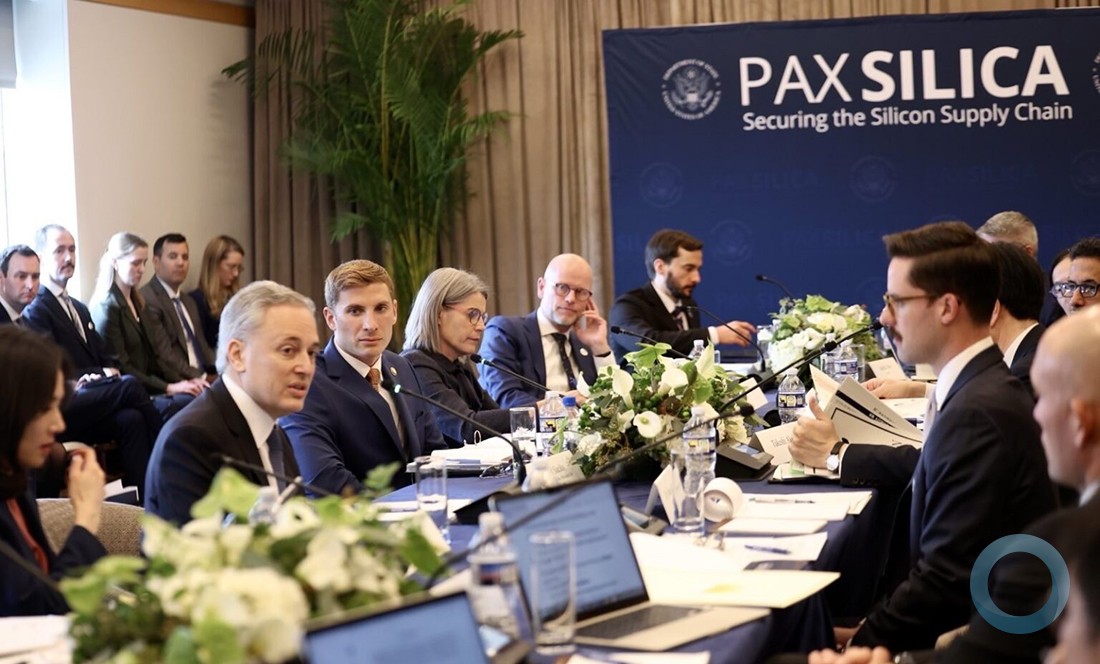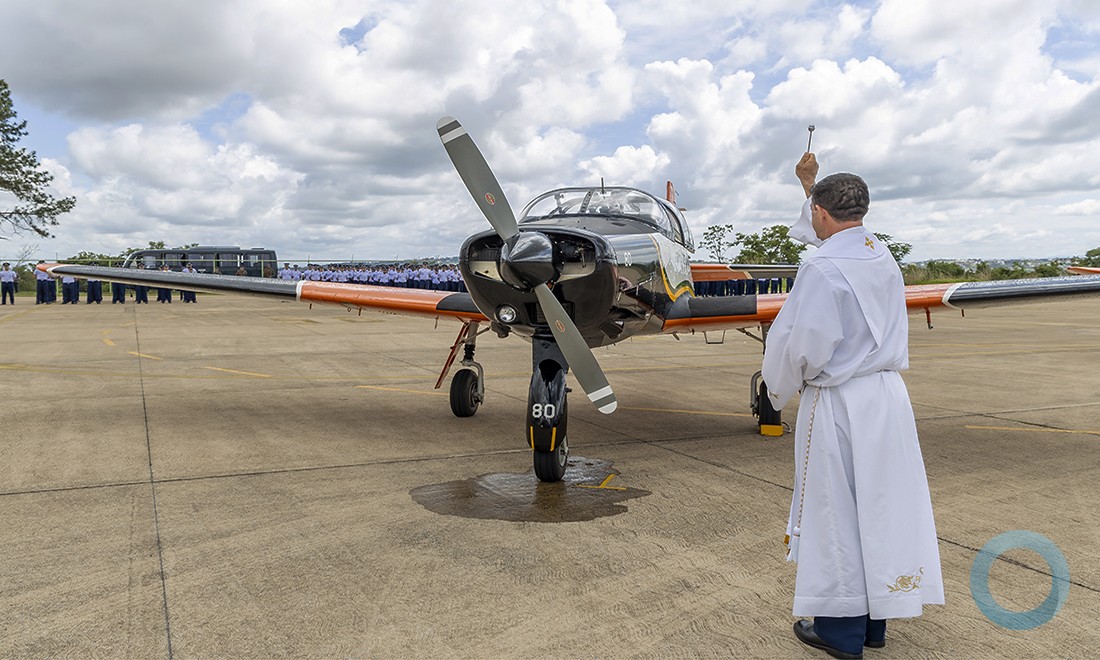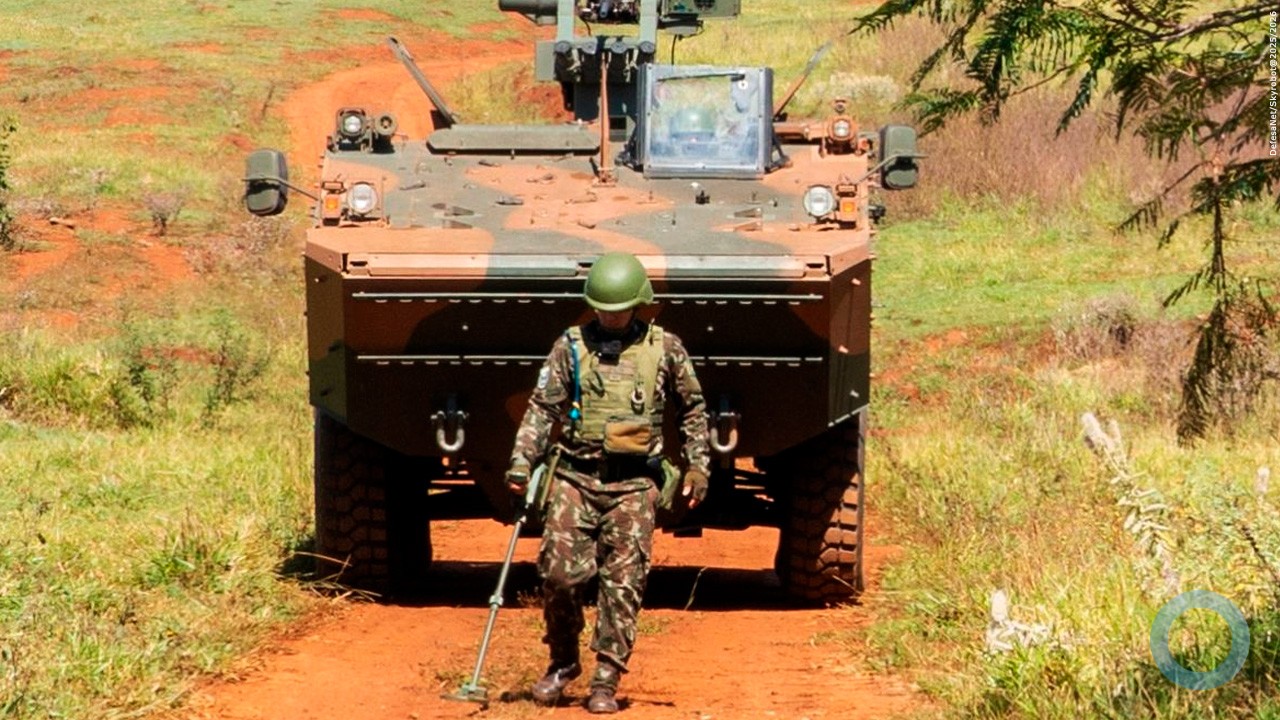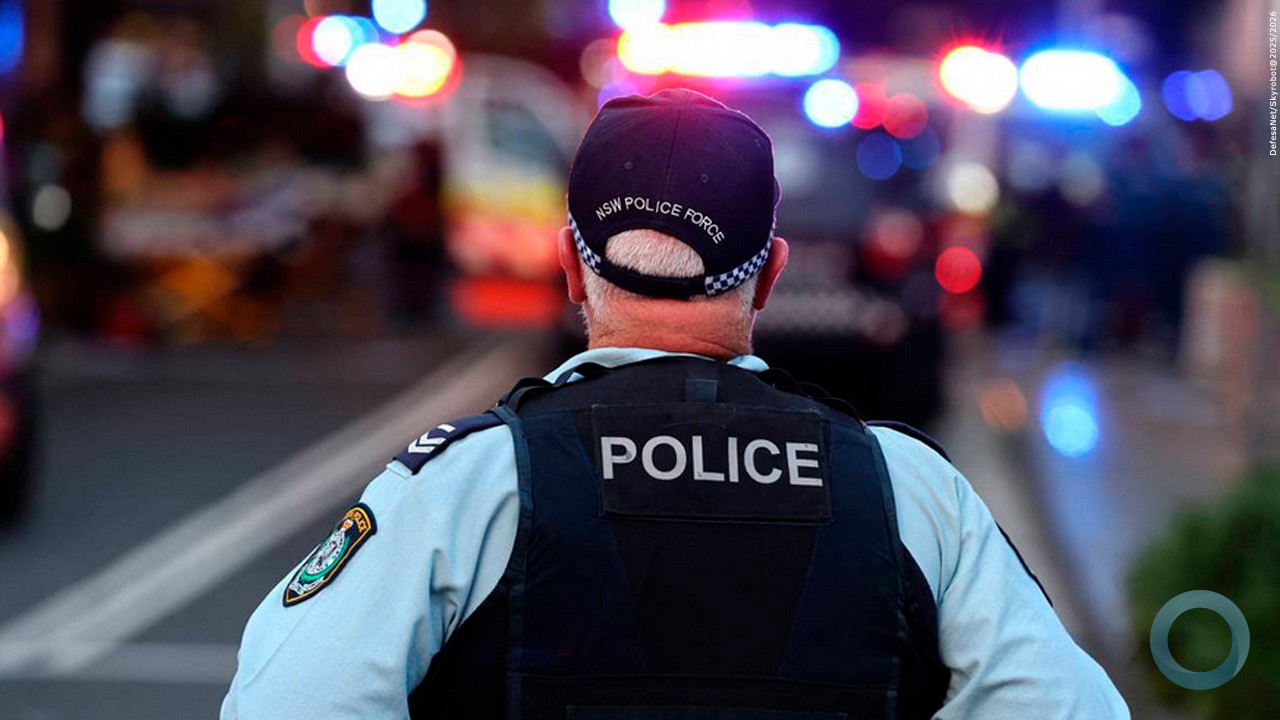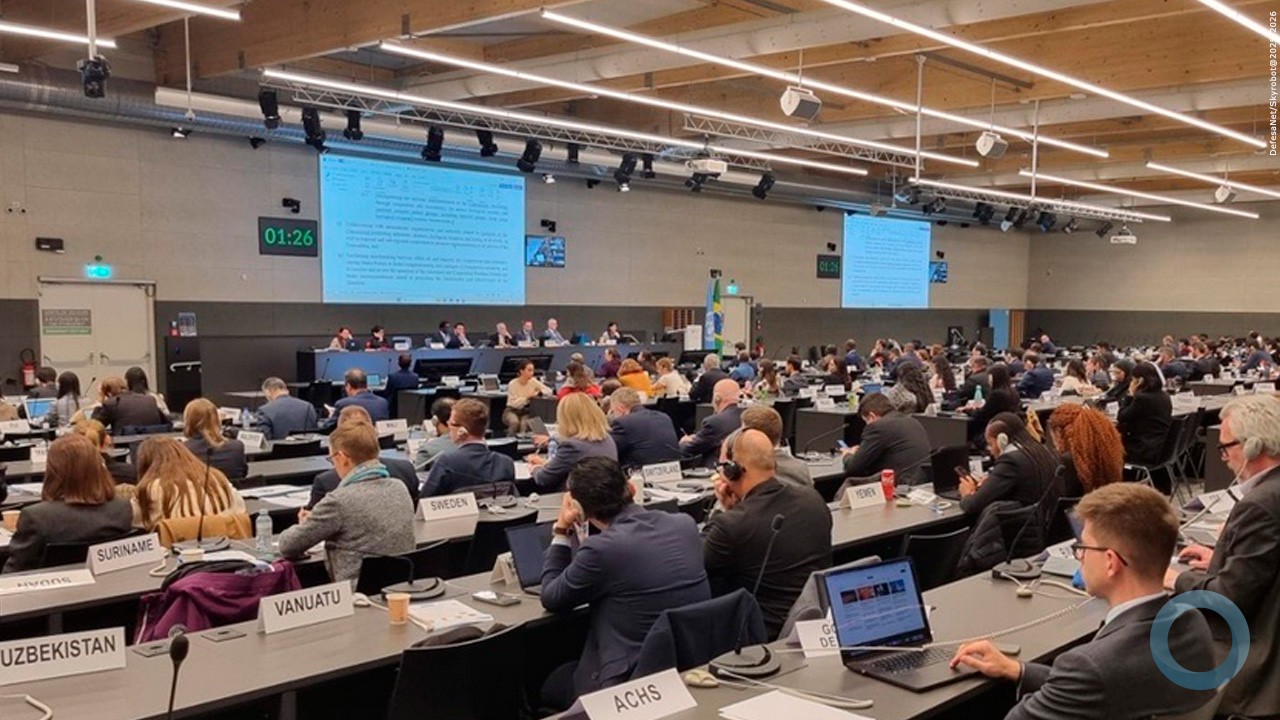Patrícia Comunello
The Brazilian Army (EB) is creating an Expeditionary Force (F EXPD) to provide permanent support for the country’s participation in foreign missions.
With the goal of deploying the force by 2022, Military officials plan to conclude defining its organization and structure by 2016, according to Colonel Fernando Civolani Lopes, Chief of Staff of the Army’s Second Division (2ª DE), based in São Paulo. To that end, in Brasília, the Army Command and EB Land Operations (COTER) organized and hosted a seminar from September 14-18 that brought together defense attachés from Germany, Canada, Spain, and France, as well as representatives from Brazil’s Ministry of Defense, Air Force (FAB), and Navy.
“These friendly countries, our fellow branches of the Military, and the EB organizations have significant expertise in their areas and experiences that are valuable for defining the model (of the F EXPD),” the Army’s Social Communications Center (CCOMSEx) stated.
The event generated support for the new organization’s procedures, according to Col. Civolani, who attended the seminar.
A rapid response force
Armed Forces officials expect the F EXPD to respond rapidly, by itself or in cooperation with security forces from partner nations, to safeguard national interests and perform a wide spectrum of operations such as humanitarian actions and peacekeeping missions. It will comply with provisions of Chapter 1 of the White Paper on National Defense, which was published in 2012 and covers the functions and actions of the country’s defense forces.
“The F EXPD will defend national interests, as well as the people, goods, and resources of Brazil abroad; contribute to the maintenance of international peace and security; and intensify Brazil’s involvement in the concert of nations and its greater inclusion in international decision-making processes,” the CCOMSEx explained.
Under the current model, the EB assigns one Military organization from each of its eight Armed Forces commands (South, Southeast, East, West, Northeast, Amazon, Planalto, and North), which mobilize their Troops and prepare to serve in missions. It initiated plans to form the F EXPD in 2014, when the COTER began analyzing the possibility of creating such a group as a subunit of ??the Structuring Project for the new Terrestrial Military Operating System (SISOMT).
“The main objective is readiness, so we can act in a variety of contexts,” Col. Civolani said. “Right now, we need to mobilize our units for every mission that Brazil is requested to join. With a structure in place that is always prepared to act, Brazil will get more respect from international organizations and will bolster its bid to join the United Nations Security Council.”
Overseas missions
Advancing the planning process, the Second Division hosted the fourth meeting of the F EXPD core group, which was attended by commanders of the Southeast Military Command, the Military Force of the United Nations Stabilization Mission in the Democratic Republic of the Congo (MONUSCO), and the COTER in June. This year and in 2016, their military authorities will conduct studies and plan for the F EXPD’s budget and logistical structure; once that phase is completed and the Expeditionary Force is deployed, it will support overseas operations, which are an important component of the Armed Forces’ mission.
A CCOMSEx survey for Diálogo identified 17 major international missions that EB Troops have participated in since 1948. Currently, they serve in the UN Stabilization Mission in Haiti (MINUSTAH), the United Nations Interim Force in Lebanon (UNIFIL), (MONUSCO), and the United Nations Transitional Administration in East Timor (UNTAET). And in the past, 1,175 Brazilian Soldiers participated in the UN Emergency Force (UNEF I) involved with the ceasefire and withdrawal of the Armed Forces of France, Britain, and Israel from the Suez Canal and the Sinai Peninsula, between 1957 and 1967.
The new unit will have attributions and assignments in contexts that differ from those that mobilized the first Brazilian Expeditionary Force (FEB), Col. Civolani explained. That unit was specially created to operate between July 1944 and May 1945 in the campaign in Italy, alongside the Allies (Britain, France, the U.S., and other countries). Brazil joined World War II after Germany attacked – which was part of the Axis powers – Brazilian vessels in Brazilian waters. The FEB was made up of nearly 25,000 Soldiers and was decommissioned after the war.
“It came to an end because the objectives for which it was structured had been achieved with the surrender of the enemy forces,” Col. Civolani said. “The name of the new unit is a reference to the memory of the FEB, but the context and details are different. But I admit that the reference is inevitable.”
F EXPD structure and operations
Military organizations from the Army’s Second Division will serve as the headquarters of the Expeditionary Force, which will include Light Infantry Brigades and receive a high degree of specialized training in ensuring law and order and other operations. The 11th and 12th Light Infantry Brigades, headquartered respectively in Campinas and Caçapava, in the state of São Paulo, are candidates to lead the subproject’s implementation, including organizing and executing the first doctrinal trial, scheduled for 2017.
“The exercise will simulate an international crisis or humanitarian mission,” Col. Civolani said.
The F EXPD is initially expected to be made up of one Battalion, with 1,000 Soldiers, in its first year of operation in 2022. In the last phase, scheduled for 2030, it’s expected to evolve into a Brigade, with 3,000 Troops that would add increased capacities, such as Infantry, fire support, and logistics. The F EXPD will also utilize armored vehicles to increase its operational capacity and performance possibilities.
“The requirements in terms of materials will be determined at a future date. The operating structures will prioritize greater collective security, speed, and selective lethality,” the CCOMSEx explained in a statement. “The vehicles will be equipped with command and control means that enable situational awareness to the level of the individual combatant.”
Col. Civolani added: ”We will be the core group responsible for the many cycles that make up the F EXPD’s operations – mobilization (gather Soldiers), preparation, deployment (action in the field), and demobilization. But all Troops from the Brazilian Army will be available to take part in these operations.” This operation design will facilitate the simultaneous involvement of four battalions “to always have a force ready to respond.”
“The real progress will be the preparation and readiness, because it takes time to mobilize. That’s the focus of the new Expeditionary Force.”






